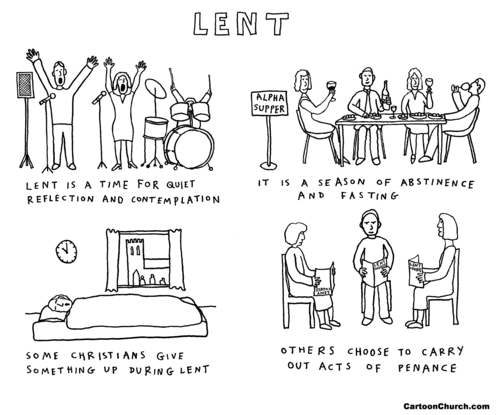The action in distraction
Lets make a game?
Ok?
I’ll tell you a story about a company and you have to guess, which company I was talking about.
Ok?
Go:
I am talking about a large and global company, with stores in 117 countries. The company was founded in the 50’s and already in 1978 it approved a policy of granting sabbatical to eligible employees based on years of service in the company. (Eligible staff includes full-time employees, managers and maintenance employees). The sabbatical is a paid eight-week time off for every ten years of service (and with their own annual vacation allowance the employees can even add the eight weeks up to three month). The company does not expect employees to report back in during their time off.
The Global Chief Human Resources Officer says:
“I have seen people the day before they leave, and I have seen the same people ion the first day they come back. They are energized about going on sabbatical, and they are re-energized about coming back (…) They have had a great opportunity to clear their head. If you think about it, we are all trying to balance everything. Here is a wonderful opportunity for eight to twelve weeks to be able to say: What do you want to do with your time?” (169)
Great company, right? Who wouldn’t want to work in a company like this?
So, here is the question, which company was I talking about?
J
E
O
P
A
R
D
Y
M
E
L
O
D
Y
It might astonish you, that the right answer is McDonalds.

I was surprised, when I read about the sabbatical program of the “Golden Arch” in Daniel Patrick Forrester’s book „Consider: Harnessing the Power of Reflective Thinking in Your Organization.“ I never thought, a large global company would come up with a idea like sabbatical programs already early as 1978. I would have assumed, that those resource programs, that don’t pay off right away, came up way later. And on the other hand, I would have never assumed, that a company like McDonalds would be one of the 2-3% of companies, that grant those sabbaticals. I never connected the company McDonalds with such employer friendly proposals like sabbaticals.
The action in distraction
In his book Forrester promotes the setting of priorities towards a bigger emphasis on thinking time and reflection time. He noticed that we are to distracted in our lives and work. Forrester ascribes this distraction partly to the increasing role of technology in our lives. But he also mentions the increasingly higher value that we place on “action”. Action or being active seems to have become a value in itself. Its far more about doing something, than about doing something particular.
Against this image of an distracted society, Forrester puts his changed set of priorities concerning thinking time and reflection.
He defines the two as:
“Think time is the purposeful elevation of chunks of our work time, forged within densely packed schedules. It forces the consideration of core significant and pending decisions, outside of cursory overviews and immediate response (…)
Reflection is the deliberate act of stepping back from daily habits and routines (without looming and immediate deadline pressures), either alone or within small and sequestered groups. It’s where meaning is derived through reconsideration of fundamental assumptions, the efficacy of past decisions and the consequences including the downside of future actions. It’s where space is given for the ‘totally unexpected’ to emerge.” (18)
But how can these think and reflection times be forged into our work time? Forrester suggests some practical applications like the use of the calm hours in the morning (47), the forced periodic disconnection from technology like the “No email Friday” (97) or booking meetings with oneself to be off-limits to everything but own thoughts” (51).
The book is interwoven with anecdotes (in my opinion a little to many) and other redundancies that reinforce Forrester’s main hypothesis. Investing a little more time in thinking before acting would save us a lot of trouble.
Lent

Reading this book now, was timely. At the beginning of lent I read books like those with a different sense. Sabbaticals, or other rhythmic programs to halt ones hasty life’s and to take time to reflect is no invention of McDonalds and Daniel Patrick Forrester alone. It enqueues into the long history of fasting traditions in the churches. Instead of McDonald’s 56 days, lent is always over a period of 40 days, based on the days between Ash Wednesday and Easter (without the Sundays). (Other biblical symbolic examples for the determination of the fasting time of 40 days: Jesus fasting in the desert Mt 4:2, people of Israel in the desert Ex 16:35, Mose at mount Sinai Ex 24:18 etc.)
Lent and fasting is not only about the abstinence of certain food. It is also about a conscious abandonment of things and practices that affect us.
It is sad, that we have to go to McDonalds to learn about sabbath. And its also sad that managers need to read Forrester’s book to hear about healthy intermissions in our life’s. It is no new invention. It a rhythm, that was placed from the beginning on. The crown of creation is the Sabbath, the break to think and reflect. But in our theology and in our churches and sermons we barely talk about it or neither do we live it with our own good example.
—-
Forrester, Daniel Patrick. Consider: Harnessing the Power of Reflective Thinking in Your Organization . New York, NY. Palgrave Macmillan, 2011
Leave a Reply
You must be logged in to post a comment.